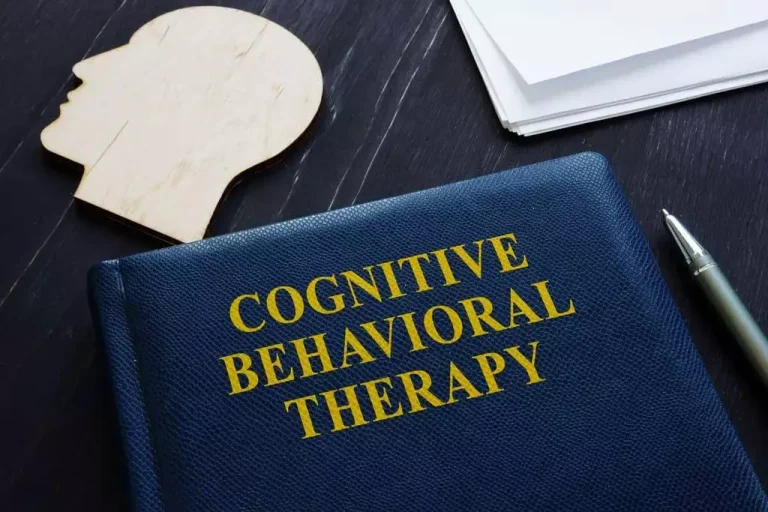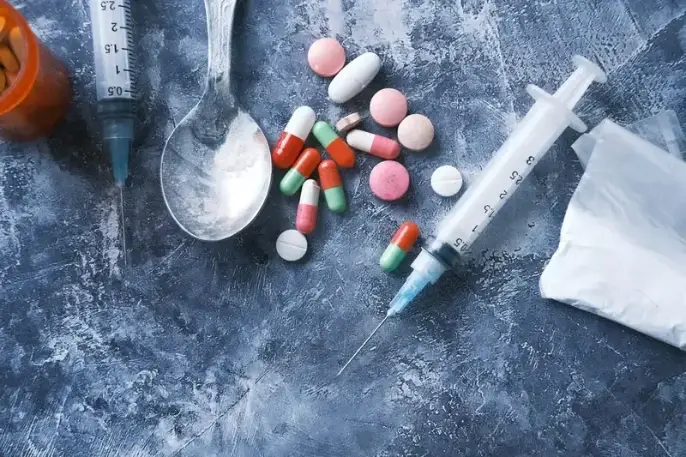
The most basic level of complexity is the arrangement of connections (i.e., synapses) between individual neurons. One neuron may connect with up to hundreds or thousands of adjacent neurons (Shepherd 1994). However, subtypes of the same receptor may respond differently from one another depending on the neuron or on the part of alcohol and dopamine the brain in which the receptor is located. Inhibitory neurotransmitters transiently decrease the responsiveness of other neurons to further stimuli, whereas excitatory neurotransmitters produce the opposite effect. Some neurotransmitters produce longer lasting changes, contributing to processes such as learning and memory.
ETIOPATHOGENESIS OF ALCOHOL DEPENDENCE
Second messengers interact with other proteins to activate various cellular functions, such as changes in the cell’s electrical activity or in the activity of certain genes (see figure). These changes can result either in the inhibition or the excitation of the signal-receiving neuron, depending on the cell affected. Through these mechanisms, serotonin can influence mood states; thinking patterns; and even behaviors, such as alcohol drinking. Studies about the relationship of D1 receptors and affinity for alcohol have had inconsistent results. Researchers are focusing much of their attention on other inhibitory neurotransmitters. Glycine is the major inhibitory neurotransmitter in the spinal cord and brain stem.
Influence of alcohol consumption on the dopaminergic system
It starts to produce less of the chemical, reduce the number of dopamine receptors in the body and increase dopamine transporters, which ferry away the excess dopamine in the spaces between brain cells. When alcohol consumption is abruptly reduced or discontinued, a withdrawal syndrome may follow, characterized by seizures, tremor, hallucinations, insomnia, agitation, and confusion (Metten and Crabbe 1995). Scientists postulate that this syndrome represents the hyperactivity of neural adaptive mechanisms no longer balanced by the inhibitory effects of alcohol (see figure). The compensatory changes previously described might be involved in the development of alcohol-related behavior. An example of such behavior is tolerance (i.e., a person must drink progressively more alcohol to obtain a given effect on brain function). Nalmefene was significantly better than the placebo in reducing alcohol consumption.
Reinforcement and Addiction
- By Ariane Resnick, CNCAriane Resnick, CNC is a mental health writer, certified nutritionist, and wellness author who advocates for accessibility and inclusivity.
- Serotonin also modulates the behavioral response to unfairness.[48] Most of the drugs used to treat depression today work by increasing serotonin levels in the brain.[49] The image below, shows, the regions of the brain where serotonin reaches [Figure 3].
- By studying knockout mice that lack a particular receptor, researchers can assess that receptor’s role in specific aspects of brain functioning and behavior, including responses to alcohol and alcohol consummatory behavior.
- There’s a popular misconception that people experiencing addiction are actually addicted to dopamine, rather than drugs or certain activities.
This increase may reflect enhanced signal transmission at serotonergic synapses. For example, increased serotonin release after acute alcohol exposure has been observed in brain regions that control the consumption or use of numerous substances, including many drugs of abuse (McBride et al. 1993). Researchers currently are trying to determine the exact mechanisms underlying the alcohol-induced changes. For example, they are investigating whether the net increase in synaptic serotonin levels results from alcohol’s direct actions on molecules involved in serotonin release and uptake or from more indirect alcohol effects. The role of dopamine in AUD is complex and has been reviewed in detail elsewhere [10,11,12,13]. Briefly, acute alcohol increases dopamine release across the striatum [14] primarily due to increased firing of midbrain dopaminergic neurons, an effect that may underlie the initial reinforcing properties of alcohol.
- As a result, people with an alcohol addiction may consume even more alcohol in an unconscious effort to boost their dopamine levels and get that spark back.
- Alcohol use produces wide-ranging and diverse effects on the central nervous system.
- Some of the neurological pathways known to be affected by alcohol consumption include the dopaminergic, serotoninergic, γ-amino butyric acid (GABA) and glutamate pathways.
- Naltrexone is an opiate-receptor antagonist and has been shown to limit cravings by reducing the positive reinforcement effect of alcohol consumption.
- In this context, the different dopaminergic changes in actively drinking versus repeated abstinence males are intriguing.
- Alcohol reaches your brain in only five minutes, and starts to affect you within 10 minutes.

The Taq1A allele frequency of non-assessed controls was more than that of non-assessed alcoholics. However, the allele frequency of assessed alcoholics was found to be 3 times that of assessed controls. The study by[42] found conflicting results for male and female subjects, with female subjects showing AD only on the basis of alcohol disorder.[44] In their study of alcohol-dependence in Polish population reported negative association between Taq1A allele and AD. Alcohol is the first thing people go for when they are at a social gathering and are looking to have a pleasant time. It is the first choice in the long list of things which can make a person feel intoxicated and give that feeling of high.
- Positive reinforcement is the process by which an action that results in pleasure, or reward, becomes repetitive.
- Glycine is the major inhibitory neurotransmitter in the spinal cord and brain stem.
- Alcoholics and experimental animals that consume large quantities of alcohol show evidence of differences in brain serotonin levels compared with nonalcoholics.
- Virtually all brain functions depend on a delicate balance between excitatory and inhibitory neurotransmission.

One of these agents, fluoxetine (Prozac®), is used widely for treating mood disorders, such as depression (Baldessarini 1996). Experimental animals treated with this and related compounds exhibited reduced alcohol consumption (LeMarquand et al. 1994b; Pettinati 1996). Similarly, alcoholics taking fluoxetine drank less frequently and reduced their alcohol consumption during drinking sessions (LeMarquand et al. 1994a; Litten et al. 1996; Naranjo and Bremner 1994; Pettinati 1996).
Gene variants related to DA systems and alcohol dependence
Eventually, as the brain tries to balance itself, the same amount of alcohol no longer results in the same level of dopamine release in the brain. It affects several neurological pathways and causes significant changes in the brain. Some of the neurological pathways known to be affected by alcohol consumption include the dopaminergic, serotoninergic, https://ecosoberhouse.com/ γ-amino butyric acid (GABA) and glutamate pathways. It doesn’t carry the same kind of stigma or social abhorrence which other drugs of abuse such as cocaine, methamphetamines, lysergic acid diethylamide (LSD) etc., carry. Alcohol is widely accepted in the society and consumed by everyone, young and the old alike, women and men included.
P/T depletion effects on frontolimbic FC
- For example, antagonists of the 5-HT3 and 5-HT1A receptors reduced alcohol ingestion in rodents (Litten et al. 1996; Pettinati 1996; DeVry 1995).
- For the McGill study, researchers recruited 26 healthy social drinkers (18 men, 8 women), 18 to 30 years of age.
- Despite its positive correlation, some studies have produced contradictory results.
- Research is shedding more light on the role dopamine plays in alcohol addiction.
- Short-term alcohol exposure tilts this balance in favor of inhibitory influences.
The following text introduces some of the neural circuits relevant to AD, categorized by neurotransmitter systems. These neural circuits include the dopaminergic, serotoninergic, glutamatergic and GABAergic neural circuits. The FIC specifically facilitates access to attention and working memory resources when a salient event is detected and regulates reactivity to salient stimuli [113, 114].
Increased Urination & Dehydration

Addiction is complex, and science is still uncovering why it affects some people more than others. Even though you can’t be directly addicted to dopamine, you can get addicted to any activity that releases it. In addition to the above, there are countless other dopamine-oriented activities that can lead to major problems and risky behaviors. They can be as big and life-altering as losing your financial savings due to gambling, or as temporary as exercising too much and obtaining a minor injury from overusing parts of your body. Doing these things triggers the release of dopamine, which means they feel good when people do them.
